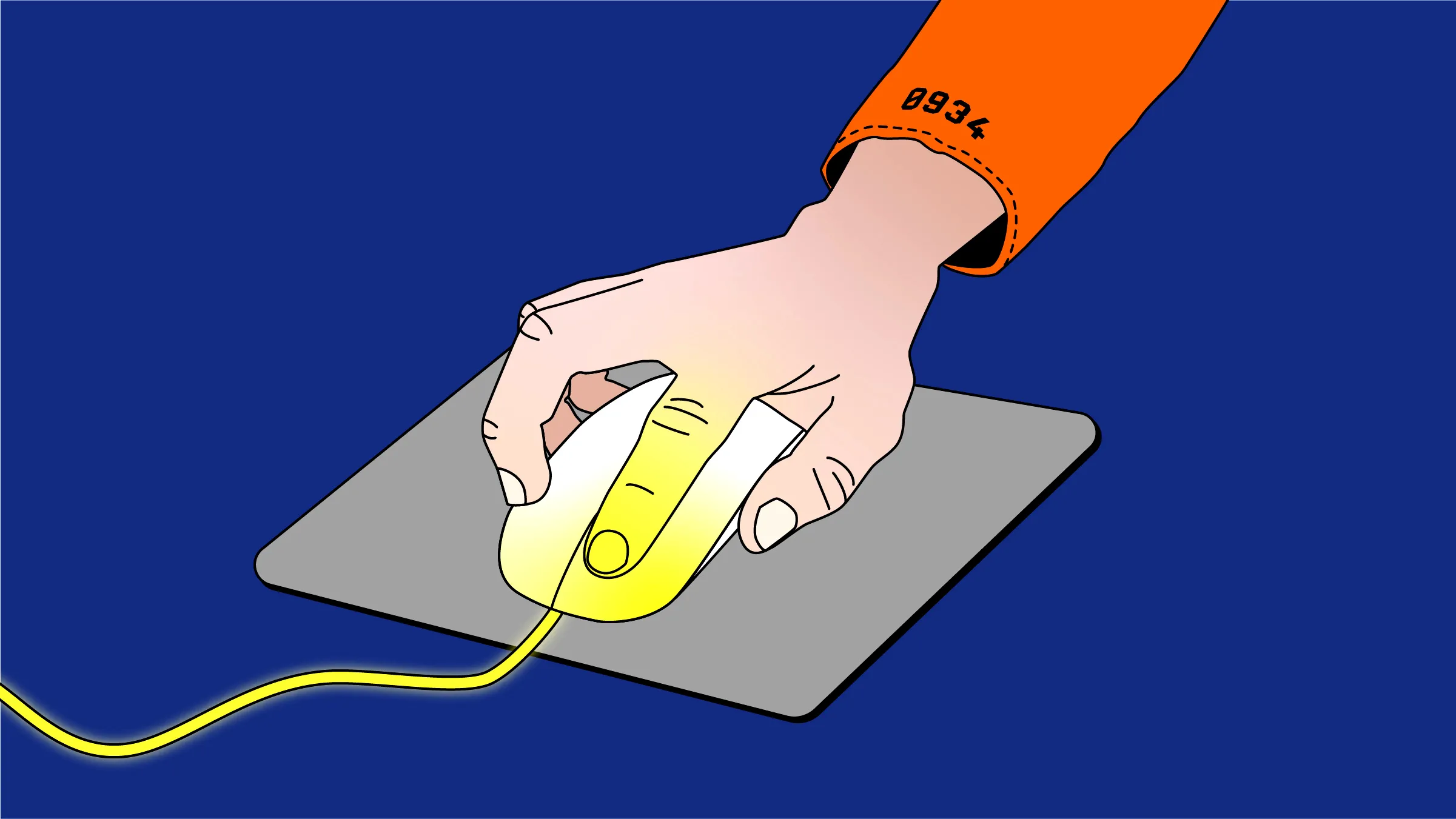The Future of Prison Labor: Finnish Inmates Train AI Models
In the high-wage economy of Finland, one startup named Metroc has tapped into an unexpected resource to fulfill its data labeling needs: prison inmates. This unorthodox approach has ignited a debate about the ethics and societal implications of employing prisoners to train artificial intelligence (AI) models. But it also reflects a creative solution to a labor issue specific to the country.
In a sterile environment within Hämeenlinna prison, an inmate known by her prison nickname, Marmalade, demonstrates how she works. Seated in front of an HP laptop, she reviews short texts related to real estate and answers yes-or-no questions. Marmalade, unaware of the larger goal of her work, speculates that she might be contributing to a customer service chatbot. However, her tasks serve to train Metroc’s AI model designed for construction companies seeking information on new building projects.

The Global Challenge of AI Data Labeling
Globally, millions of “clickworkers” serve as the backbone of AI development, helping these systems distinguish between different types of information. Companies like OpenAI often outsource this work to countries where labor is less expensive. However, the specific need for Finnish-speaking workers presented a challenge for Metroc. Low-wage clickworkers are scarce in Finland due to the country’s high standard of living and generous unemployment benefits. This prompted the startup to explore the possibility of using prison labor.
A Win-Win Situation or Ethical Quagmire?
Metroc’s decision was a practical one. The company found a way to hire inexpensive, Finnish-speaking laborers. Meanwhile, the Finnish prison system offers inmates an opportunity to gain some exposure to the digital job market they’ll encounter upon release. Critics argue that such arrangements risk exploiting a vulnerable population, yet in Finland, the program has garnered widespread acceptance.
Tuukka Lehtiniemi, a researcher at the University of Helsinki, has been studying this unique form of data labor. According to him, what is happening in Finland offers a fresh perspective on data labor, differing markedly from global norms.
Inside Hämeenlinna: A High-Security Finnish Prison
Marmalade is one of the inmates at Hämeenlinna, Finland’s highest-security facility exclusively for women. Here, inmates like her have the option to engage in traditional prison labor—like sewing and cleaning—or opt for data labeling tasks. The work is voluntary, and inmates are paid hourly, with no performance targets.
About 20 inmates have tried this form of AI work, according to Minna Inkinen, a prison work instructor. While the room where traditional work like sewing happens is bustling with activity, the AI work area remains relatively empty, often occupied by only a few individuals.
Metroc’s Expansion and Investor Interest
Jussi Virnala, the CEO of Metroc, is enthusiastic about the company’s partnership with Finnish prisons. He believes it has brought value to his startup, especially as Metroc has just secured a €2 million funding round aimed at Nordic expansion. Investors, he notes, are particularly interested in the prison labor aspect of Metroc’s business model.
Digital Rehabilitation and the Future
Pia Puolakka, head of the Smart Prison Project at Finland’s prison and probation agency, sees digital labor as another step towards making prisons more reflective of the outside world. Her goal is to offer inmates exposure to a variety of work experiences, including digital ones.
The extent to which data labeling can serve as a transferable skill for life post-prison is yet to be determined. Critics like Amos Toh of Human Rights Watch argue that relying on vulnerable populations like inmates for data labor is problematic.
A Debate Between Innovation and Ethics
When weighing the ethical aspects of the project, it is crucial to consider both sides. Tuukka Lehtiniemi believes the work benefits inmates by offering cognitively stimulating tasks and helps preserve the Finnish language in the age of AI. However, skeptics like Amos Toh caution against setting a precedent that could lead to exploitative labor practices in AI training.
Implications for Global Prison Labor and AI Development
Finland’s approach to prison labor, focused on rehabilitation, contrasts sharply with that of countries like the United States, where labor often is mandatory. As AI companies increasingly require data labor, questions around who should perform this work and under what conditions become more pressing. Could this Finnish model be the new standard, or will it become a cautionary tale?
In summary, Metroc’s collaboration with Finnish prisons opens the door to a multitude of questions surrounding labor, ethics, and the intersection of technology and society. While some see this as an innovative solution to a localized labor challenge, others worry about the ethical implications and the precedent it sets for future labor practices in the realm of AI.



